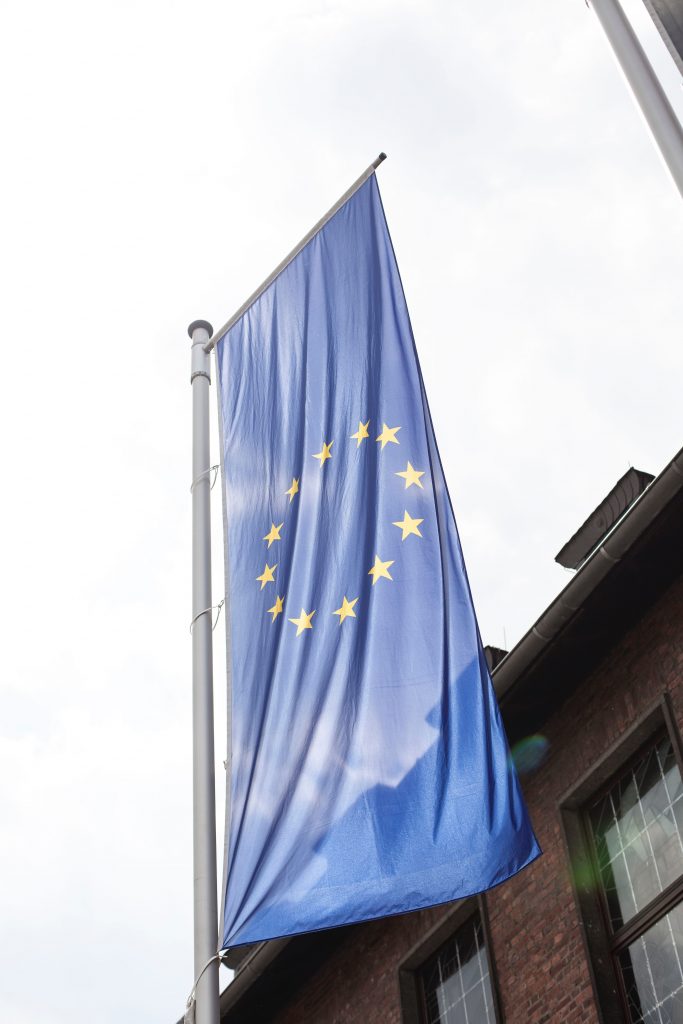The European Union aims for 2030 to reduce greenhouse gas emissions by 40% compared to 1990 levels. Furthermore, the long-term vision is to become climate-neutral by 2050; this means transforming the current energy system. Compiled from MUSTEC’s research activities, key drivers and policy decisions are identified and explained for effective CSP deployment in Europe in the coming years up to 2050.
The European Union (EU) has set as a target for 2030 to reduce greenhouse gas emissions (GHG) by (at least) 40% compared to 1990 levels. Furthermore, the long-term vision is to become climate-neutral by 2050. These targets will lead to a transformation of the energy infrastructure to an energy system based on renewable energy. As wind and solar power generation are highly fluctuating, a higher amount of balancing technologies will be needed in the future power system. Concentrated Solar Power (CSP), as a solar power-based balancing opportunity, offers dispatchable and decarbonised power generation and it is able to contribute to the transition towards sustainable and stable future electricity systems.
To have this technology available for the generation portfolio in Europe when it will be needed, certain conditions in the electricity systems have to be met. MUSTEC shed a light on the key factors and pivotal decisions for the successful Concentrated Solar Power (CSP) deployment in Europe. From the wide range of factors that are relevant for CSP deployment in Europe’s future electricity system, the elaboration considers in particular the effect of cooperation, demand-side management, electricity grid expansion, decarbonisation ambition, technology cost developments of CSP and competing technologies, sector coupling, and increasing shares of fluctuating renewables and nuclear phase-out on CSP deployment.
Compiled from MUSTEC’s research activities, the following key drivers and policy decisions are identified for effective CSP deployment in Europe in the coming years up to 2050:
- RES cooperation can act as important driver for CSP thanks to the increased demand for CSP, and the expectable decrease in financing cost driven by cooperation policies.
- There are different niches for different flexibility options. For example, in the case of reduced flexibility (-50%) provided by decentral heat storage and e-mobility, the need for CSP is rarely impacted.
- If exporting countries decide to expand and diversify their transmission and interconnection capacities beyond what EU rules require, they are able to better exploit the full capacity for deployment of dispatchable CSP.
- A full decarbonisation of the energy system in line with the Paris agreement as intended by the EU policy, requires strong increases in sector-coupling and, consequently, in electricity demand. This is a key driver for an enhanced uptake of CSP within Europe in future years.
- CSP needs effective price signals valuing dispatchable and CO2-free electricity generation. If policies on market design ensure these price signals without allowing for Carbon Capture and Storage, CSP is able to play an important role.
- Technology cost reductions of all CSP components are necessary to keep this technology competitive and available for the transformation of our electricity systems.
- Thermal energy storage is a valuable and cost-effective flexibility option for future electricity systems. Support for the CSP enhances at the same time thermal storage technologies as flexibility options for the electricity system.
- CSP and PV can fulfil complementary tasks which have to be addressed by renewable policies. Competitive specific auctions can help to rate the system contribution of different technology options and value the dispatchability of CSP.
- National or international policies causing nuclear (and/or coal) phase-out create a need for alternative dispatchable technologies, which can be covered by CSP.
In the relevant MUSTEC report, a detailed presentation of how these factors can enhance the uptake of CSP in Europe and how they can be addressed in policy decisions is included. An important finding is also that many of the identified factors are closely linked to each other and significant synergies can be achieved by combinations of different key drivers (like e.g. strong decarbonisation ambition in the energy system and technology cost reductions of CSP) in policy decisions supporting the deployment of CSP.
Read more on the report on Pivotal decisions and key factors for robust CSP strategies here.
This article is an output of the EU-funded MUSTEC project.

MUSTEC
The MUSTEC consortium consists of nine renowned institutions from six European countries and includes many of the most prolific researchers in the European energy policy community, with very long track records of research in European and nationally funded energy policy research projects.
MUSTEC main results are the following:- identifying the barriers holding CSP back and limiting its expansion in Europe, in the context of the energy and climate targets of 2030 and beyond,
- finding the drivers for CSP and the potential niches in which intra-European CSP trade can play an important role for the decarbonisation, stabilisation and integration of the European power system, and
- proposing concrete policy solutions to overcome the identified obstacles and create the necessary enabling conditions for European CSP growth
- Project title: Market Uptake of Solar Thermal Electricity through Cooperation (MUSTEC)
- Funding scheme: European Union Horizon 2020 Programme (EU H2020, grant agreement no. 764626)
- Duration: 3 years (1 October 2017 – 30 September 2020)
- Project coordinator: Centro de Investigaciones Energéticas, Medioambientales y Tecnológicas – CIEMAT, Spain
- Project website: http://www.mustec.eu



